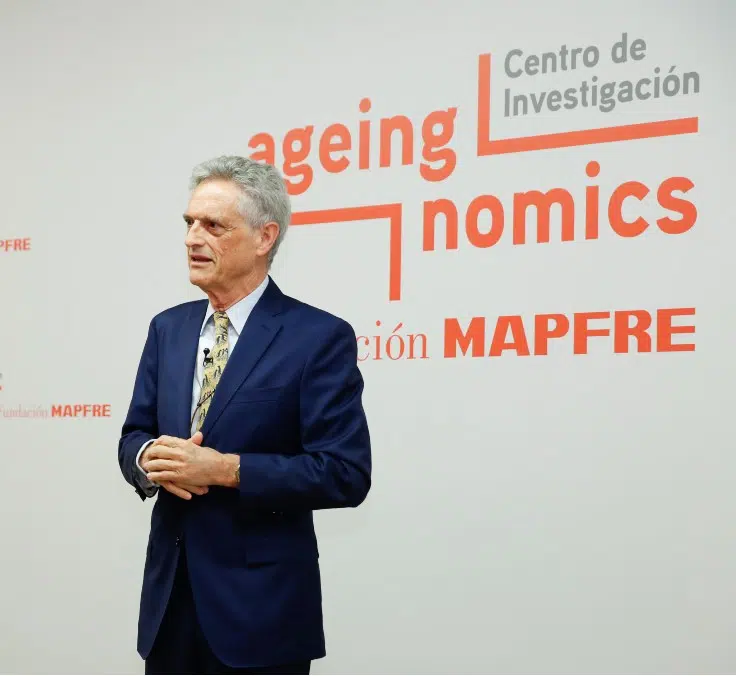SUSTAINABILITY | 03.11.2024
To communicate, or not to communicate sustainability: that is the question
Lately the delicate relationship between sustainability communication and corporate reputation has called into question the action of communicating the best practices of companies and institutions.
The word sustainability is running amok in the media and permeating all kinds of content shared by companies and public institutions. Many organizations of all sizes are calling attention to their best practices with the sole interest of improving their reputation, but without assuming any real commitments to their stakeholders (greenwashing). Others, in contrast, are developing strategies with a positive social and environmental impact but choosing not to communicate it (greenhushing). To decide how to best approach this issue, it is essential to understand the role of communication in matters of business sustainability.
One of the pillars on which sustainability is based is ethics, and that means striving for consistency between what we think (business purpose, values), what we do (strategy and action plan), and what we say (sustainability information report). If a company works in this direction, we can deduce that it actually cares about the environmental and social problems we are facing today.
Responsible communication and communication of business sustainability: two sides of the same coin
Coherence between thinking, doing, and saying means that a company, before it starts to talk about sustainability, must review its corporate identity and verify that ethics are effectively integrated into its organizational culture.
A growing number of companies understand the importance of promoting respect and honesty among their professionals, as is the case with MAPFRE, which has developed and published a sustainability plan as part of its commitment to transparency toward its stakeholders. After establishing its vision and objectives, the insurer develops and carries out actions accordingly. For example, it not only includes commitment to diversity among its corporate values, but also takes measures to follow through: its workforce is made up of five generations, 86 nationalities, and 1,031 people with some form of disability.
From transparency to corporate reputation
Communicating the positive and negative impacts derived from corporate activity helps to strengthen the relationship with stakeholders, who will increasingly trust in the organization. MAPFRE is committed to giving its stakeholders a voice and responding to their expectations through a series of specific actions and channels for interaction with each of them.
Corporate reputation is based on a foundation of trust, one of the intangible values most sought by companies today. Nowadays, intangible assets not only represent 54% of business value on average, as highlighted by the Global Intangible Finance Tracker 2023 of Brand Finance, but they continue to grow from the investment point of view, compared to the decrease in investment in tangible assets, according to Getting tangible about intangible assets 2021, by McKinsey.
The decision as to whether or not to communicate sustainable commitments and actions is an intentional decision made with stakeholders in mind, and ultimately a direct path to corporate reputation. This corporate value not only impacts public perception, differentiating a company, but also guarantees a positive impact on the social and environmental sphere. These two lines of action intertwine and ensure a coherent and beneficial outcome for all.
RELATED ARTICLES:




